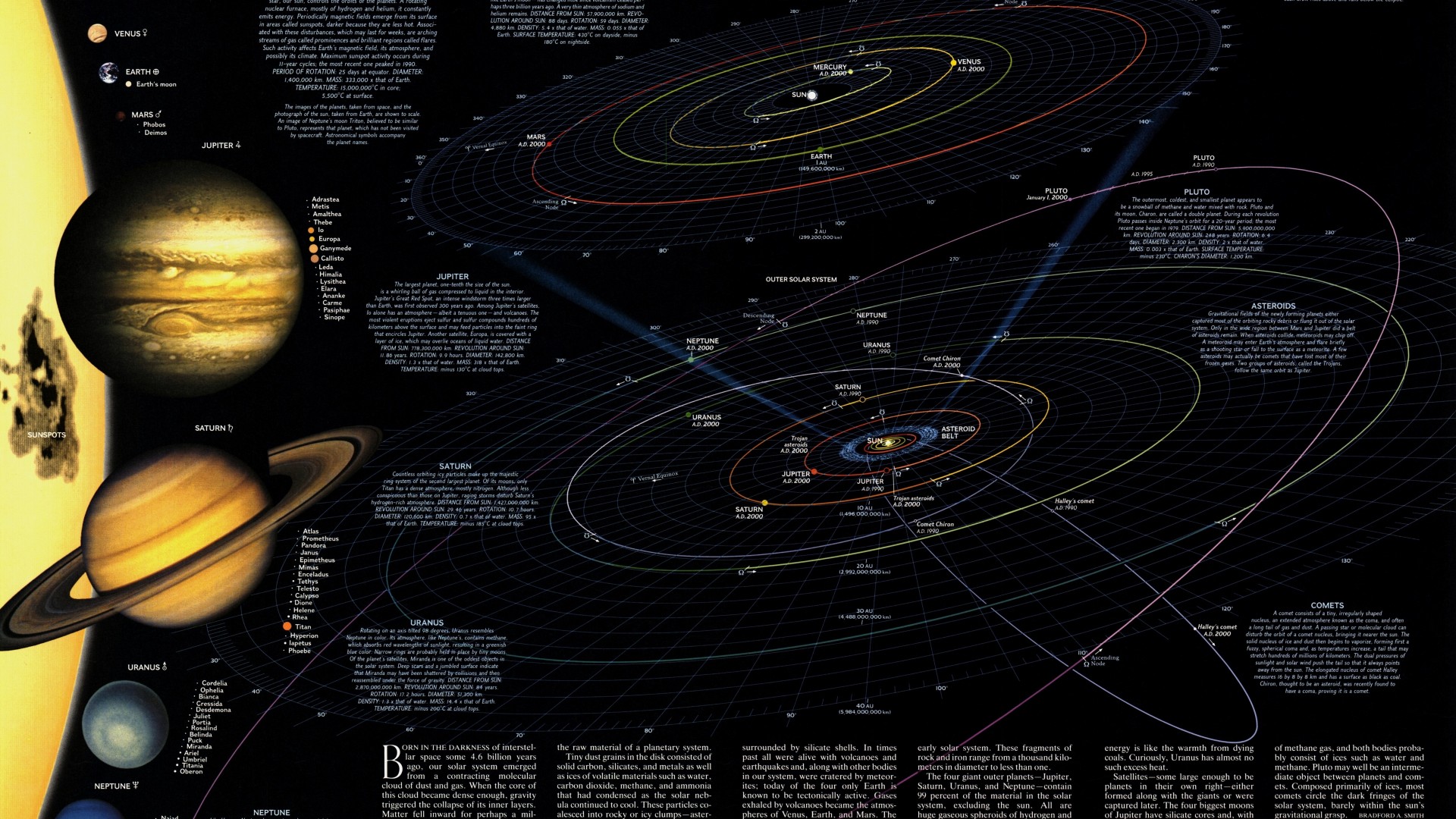
- #Skychart future mac os x#
- #Skychart future update#
- #Skychart future full#
- #Skychart future code#
- #Skychart future tv#
#Skychart future tv#
At the same time, increasingly diverse data processing possibilities add to a DevOps burden that may make solutions difficult to scale.įor Sky, an increased flow of diagnostic data from its TV boxes ran up against the limitations of its existing, on-premises Hadoop cluster. Providing for peaks in demand may mean maintaining idle servers, while failing to meet those peaks can cause data loss that compromises entire datasets. On-premises infrastructure can create problems for businesses looking to put big data at the heart of company strategy. It will help ensure that our products are intuitive and easy to use and that we can keep seamlessly connecting customers with the content and services, they know and love Sky.” “The data will sit right at the heart of Sky's future strategy.

“By collecting diagnostic data, we can create an essential feedback loop from inside the home,” says Oliver. Sky looked for a solution that could handle the data volumes, but also collect additional usage information to create a rich dataset for analysis. Those bottlenecks had serious consequences, leading to processing backlogs of up to 50 percent of daily data, which compromised feedback and limited the usability of the entire dataset. Save money with our transparent approach to pricing Managed Service for Microsoft Active Directory Rapid Assessment & Migration Program (RAMP) Hybrid and Multi-cloud Application PlatformĬOVID-19 Solutions for the Healthcare Industry

#Skychart future mac os x#
The "Quit" menu command has moved from the File menu to the "Sk圜hart III" menu, for better conformance with Apple's Mac OS X interface guidelines.Discover why leading businesses choose Google Cloud The Mac OS X version now has the main window's "close" button enabled clicking it quites the application. (This warning can safely be ignored, however.) The Mac OS X installer/updater application should no longer display a warning on Macs with more than 2.0 GB of RAM. The Mac OS X version of Sk圜hart III can now launch properly on Macs with 2.0 GB of RAM or more installed.
#Skychart future code#
Removed timing code in the Mac OS X version that was causing a performance-profiling dialog to appear sporadically.
#Skychart future update#
This update replaces it with the 32-bit version.įixed a crash in the Mac OS X version that occurred when moving the mouse inside a progress-bar dialog. Previous versions of the Windows installer for Sk圜hart III installed a 16-bit version of the uninstall application (UnWise.exe). (The previous expressions "blew up" and displayed highly unrealistic results after roughly 10,000 years from J2000.) For the time period 1600 - 2100 A.D., the previous (IAU 1976) expressions for precession are still used. These new expressions should provide realistic results for a much wider interval of +/- 500,000 years from J2000. The star type for single stars is now simply listed as "Star".įor years outside 1600 - 2100 A.D., the program uses new expressions for the precession of the equinox provided by W. The object type for the Sun is now displayed as "Star" for the major planets as "Planet" for moons as "Moon". In the "Object Info" window, a number of text strings and buttons were rearranged.
#Skychart future full#
In the chart legend, the full names of deep sky objects are being displayed, instead of abbreviations. a search for "Jupiter" will also find "JÃ?Ã?ºpiter", and a search for "Saturn" will also find "SÃ?Ã?¤turn". When case is ignored, diacritics are also ignored - e.g. This ensures that accented and other european-language characters will translate properly between Mac and Windows.Ī case-sensitive search for an object name is now sensitive to both case and diacritics (e.g. Īll strings in data files, and settings descriptions in settings files, are converted to Windows Latin-1 encoding before being written to disk. (The computer's regional settings are used to determine the locale.) Decimal points in text import files and settings files are always assumed to be the US (".") decimal-point character, for consistency. The decimal-point character is now locale-specific decimals are displayed as "," in European locales, and "." in North America. A number of changes were made to support better internationalization/localization:


 0 kommentar(er)
0 kommentar(er)
